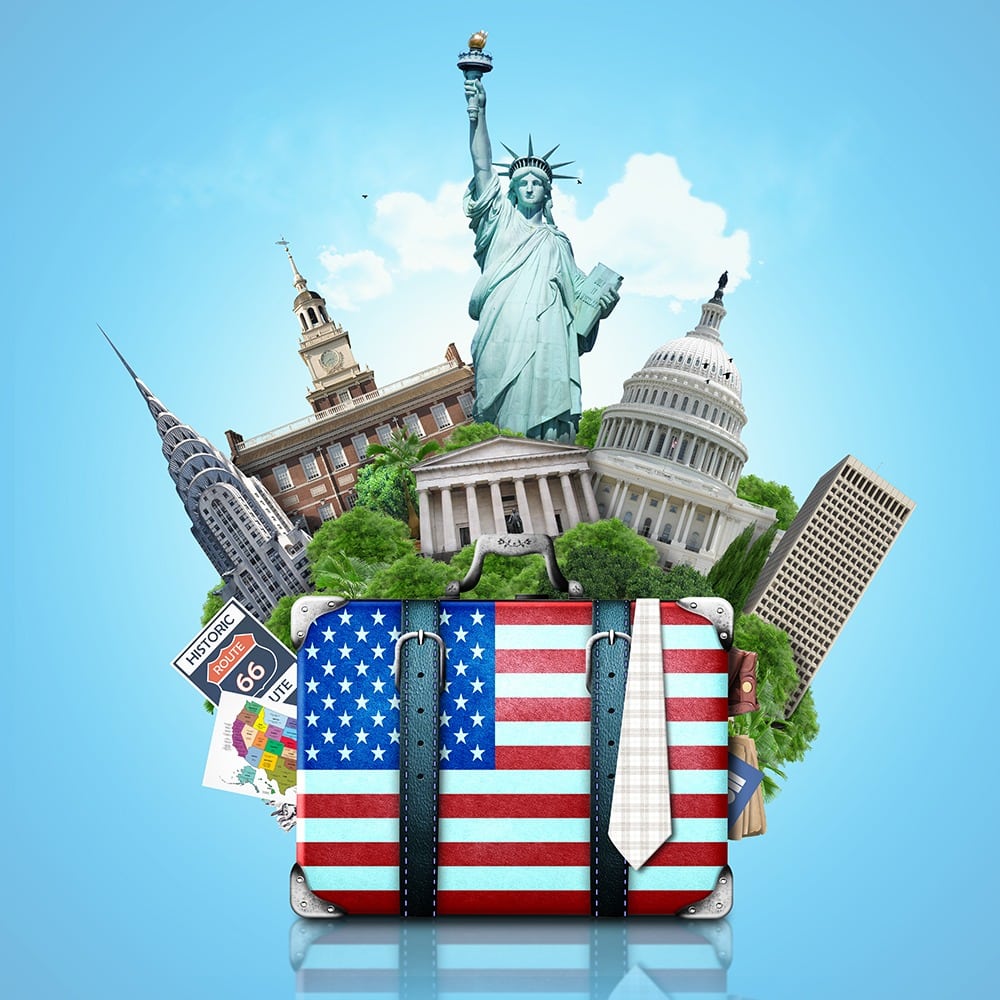China has used the power of its tourism as a tool to punish nations that offend the Party, so could the US be next, asks Tom Pattinson
The world has seen a huge bump in global tourism spending in recent years with the US Travel Associate stating that worldwide growth in tourism was 8 percent in 2017. Britain’s 2016 referendum result may have been another factor that led to a 17.9 percent spike in tourism in this same period as visitors flocked to pre-Brexit Britain, taking advantage of the current border arrangements and a weak pound.
But the global tourism boom is in no small part thanks to the growing Chinese middle classes who are adventuring around the world, ready to spend their hard-earned yuan in Madame Tussauds and Disneyland. Since 2012 China has been the biggest source of tourists, spending $250 billion in over 150 million trips in 2017.
Whilst China may have a trade surplus with the United States, it still has a major deficit when it comes to income from tourism – to the tune of $28 billion.
US tourists to China has hovered around the two million a year mark for the last decade whereas Chinese visitors to the US has grown to three million a year, with the average tourist spending $6,900 per trip.
In the past, China has encouraged its citizens to boycott countries when there have been diplomatic spats. When China-friendly president Ma Ying-jeou took over Taiwan in 2008 visitor numbers soared to a high of 4.2 million visitors in 2015 but fell to 2.7 million following the election of China-sceptic Tsai Ing-wen in 2016.
As anti-Japanese protests spilt on to the streets of Beijing over contested islands in 2012, Chinese tourist visits to Japan fell off sharply, and in 2012, the Philippines also saw a sharp decline in tourism following a standoff between Beijing and Manila over the South China Sea. South Korea lost an estimated $7 billion in a matter of months after Chinese tourists were told to stay away following the installation of American missile defence systems in 2017.
These tourist number declines can be chalked up to a combination of nationalism and government interference. Pressure on state-owned tour operators to reduce or halt tours to these countries and foreign policy ‘advice’ has had direct consequences on visitor numbers.

The Trump Slump combined with the ongoing trade spat meant that last year’s Golden Week in October saw a decline of 42 percent of flight bookings from China to the US
In the last year alone, Turkey, Canada and even Sweden and New Zealand had safety alerts issued upon them by the Chinese government in retaliation for diplomatic slights that offended the Chinese state. All caused a sharp drop in tourism and in turn a significant impact on the economies of the countries.
But China has yet to inflict such a ‘weaponised tourism’ attack on the United States. According to the Washington Post “Since 2011, U.S. services trade with China has grown more than three times as fast as the shipments of goods that Trump usually focuses on.” Nearly three million Chinese tourists travelled to the United States in 2016, compared to just 525,000 in 2009.
China has yet to inflict its ‘weaponised tourism’ attack on the United States
“Last year brought American airlines, hotels and tourist operators $32 billion, twice as much as all U.S. aircraft sales to China, according to the Commerce Department,” said the Washington Post.
However, for the United States, tourism is already in decline in what has been described as the Trump Slump. A travel ban on many Muslim nations, attacks on Mexico and insults to European allies have all been cited as reasons that the United States has seen a steady decline in the share of world-wide tourists from 12.9 percent to 12 percent to 11.7 percent over the three years that Trump has been in power. The United States saw its share of international tourism decline by 6 percent in 2017, in a time when most countries were seeing a major increase.
The Trump Slump combined with the ongoing trade spat meant that last year’s Golden Week in October saw a decline of 42 percent of flight bookings from China to the US compared to the same week the previous year, according to Skyscanner. Whilst Chinese outbound travel worldwide grew by 5.5 percent in 2017 the number of trips to the US dropped by 5 percent.
A Chinese tourist alert warning visitors of the danger of guns, street crime and high medical bills last July may also have been a factor in the United States slipping from number 6 to number 9 on a most popular destination list but, whilst shots may have been fired across the bows, all-out tourism war has not yet started.


